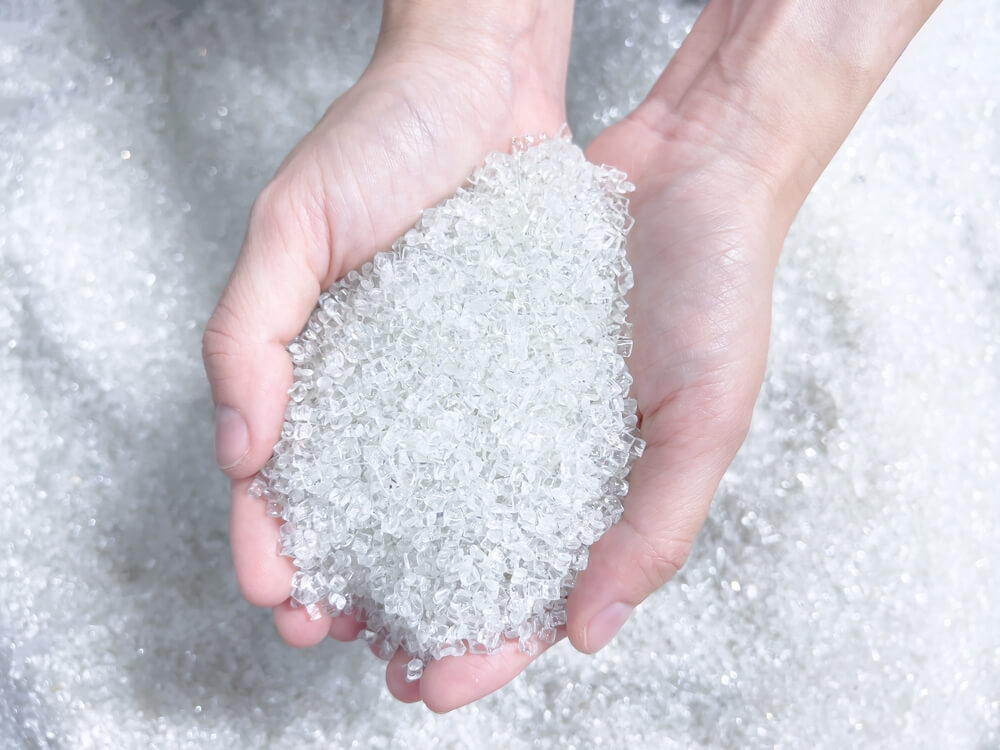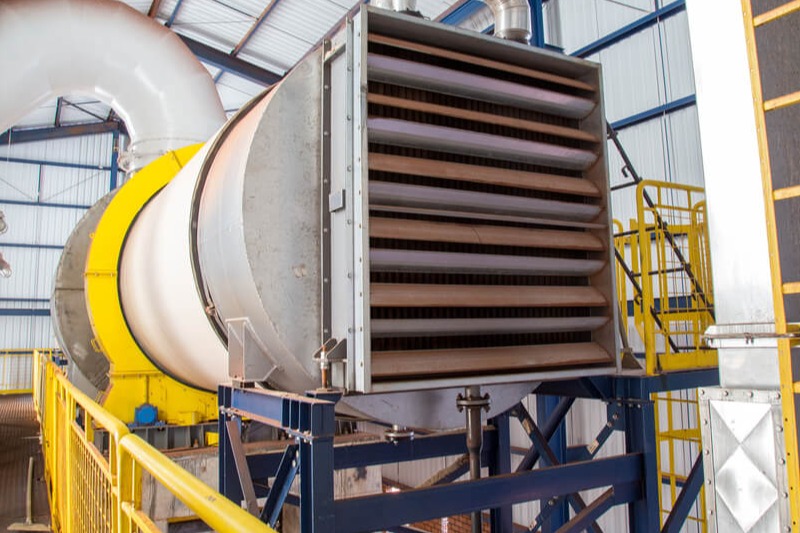You may have heard about many categories of material handling, including drying plastic and dehumidifying. When selecting dehumidifying dryers to dry plastic resin, there are several factors for you to consider. Let's learn more about how to select a dehumidifying dryer that dries plastic resins effectively.
Material Drying and Dehumidifying: Hygroscopic VS Non-Hygroscopic
There are two basic classifications of polymers: hygroscopic and non-hygroscopic. Hygroscopic materials draw and absorb water molecules into the molecular structure of the plastic. These include nylon, TPU, ABS, and PET.
On the other hand, non-hygroscopic plastics do not absorb water into the structure of the polymer; but dampness can exist on the surface of pellets. PVC, polypropylene, polystyrene, and polyethylene all belong to this category.
Drying and dehumidifying hygroscopic polymers is key to ensuring consistency in production levels. Changes in temperature and humidity are common culprits of negative impact on quality. To control this potentially damaging moisture, an industrial-grade dehumidifier would be an essential and worthwhile investment.
Determining Factors in Plastic Resin Drying Process
Getting wet on the surface is understandable, but plastic resins can get wet to the molecular level. The polarity in the plastic resins attracts the water, which then bonds with the polymer molecule. Several problems may stem from the hygroscopic resin getting wet.
For instance, the plastics required to be clear may seem cloudy or even have streaks that can ruin the entire appearance. Moreover, if the plastic resin gets wet, it may affect the strength or performance of the plastic.
This is why it is very important to dry the plastic properly so you can avoid preventable damage to the plastic. Ideally, there are two fundamental approaches to drying plastic resins: you can either go for hot air dryers or desiccant dryers. Below, let's learn more about the two different models of resin dryers:
Hot Air Dryers
Hot-air dryers transfer heat via convection. Operating within an open or closed cycle, a hot air dryer draws the ambient air with a filter and heats the airflow. The heated air flows through plastic resins in the drying hopper and is then vented to the factory floor or recycled for energy saving. Hot air dryers are used almost exclusively for non-hygroscopic materials. It can also be used to preheat plastics to maintain consistency in feed composition and thermal conditions. By preheating the resins, you will be able to improve energy efficiency and productivity, while reducing power consumption.
Desiccant Dryers
First thing first, a desiccant is an adsorbent material with a high affinity for water; its hygroscopic properties enable it to maintain dryness by pulling and holding water molecules within itself. You may have noticed these materials in daily life, such as the white packet of silica gel inside a vitamin bottle absorbing unwanted moisture.
Also known as an adsorption dryer, a desiccant dryer is often considered the best option for drying hygroscopic materials. A standard desiccant dryer unit comes with a two-tower setup to ensure a continuous air-drying cycle: It works by propelling moist air flows over hygroscopic material (desiccant), and the air is thereby dried. The desiccant needs to be regenerated regularly to regain its drying capacity.
Which Type of Dehumidifying Dryer Suits you Best?
Under the categories of hot air and desiccant models, there are 3 types of dehumidifying dryers for you to choose from. You must select the one that best fits your manufacturing needs.
Two-Tower Dehumidifying Dryer
Our Two-Tower Dehumidifying Dryer provides dehumidifying air that is below -40℃ dew point. It is essentially a dual desiccant system that constantly switches between absorptive and regenerative modes. This type of dehumidifying dryer often has the longest lifespan. But note that you have to replace the desiccant at a certain point to attain optimal dehumidifying efficiency.
Honeycomb Dehumidifying Dryer
Our Honeycomb Dehumidifying Dryer features a continuous closed-loop design. It comes with a rotor that continually rotates through three different air-flow loops to achieve dehumidification, regeneration, and cooling. This ensures moisture absorption at a constant rate. This dryer does not require a lot of maintenance and is suitable for drying hygroscopic polymers.
Vacuum Dehumidifying Dryer
Companies are looking to become more energy efficient as energy costs rise. When done properly, plastic resin dehumidifying not only saves you money on energy but also on material. Our Vacuum Dehumidifying Dryer is proudly designed to be an efficient and energy-saving dryer for handling hygroscopic materials. It leverages a vacuum to bring down the boiling point of water and pull the water vapors from the resin pellets. And by reducing water evaporation temperature to below room temperature, our model can achieve your needs for rapid drying.
Expert Tips on Consistent Plastic Resin Drying
Control Initial Moisture Levels in Undried Resin
Multiple factors can determine the initial stage of plastic resins. For instance, their exposure time to the air, types of material, and conditions. To reduce the moisture levels before entering the dehumidifying process, you may try storing the resin in a central location away from dock doors. Also, never expose the resins that you are not planning to use immediately to air. If you have opened the resin boxes then you must seal them back.
Measure Dryers' Size Properly
To avoid unforeseen costs and poor industrial dryer performance, sizing dryers is an important step before purchasing. Make sure you match the dryer to the hopper so that it works well to your desired outcomes.
Dry at the Correct Temperature
Consider the following points: During production, what is the moisture level of the product when entering the dryer? And what is your desired moisture level as the product exits the dryer? As all materials come with an ideal range of drying temperatures, this is a critical criterion that needs to be conveyed to your dryer manufacturer.
Selecting the Right Dehumidifying Dryer
All in all, it is virtually impossible to harness moisture-free air for plastic manufacturing use directly from the ambient environment. Failing to eliminate the excess moisture in the production phase could result in subpar output and even damage moisture-sensitive machinery. That's why your manufacturing efforts need an effective dehumidifying dryer solution.
Flying Tiger is a professional manufacturer and supplier of auxiliary equipment, including industrial dehumidifying dryers. We have developed a variety of product solutions for injection molding dryers and extrusion dryers. We ensure all three types of dehumidifying dryer systems are customizable and able to fulfill the demands and requirements of our clients in multiple industry sectors. The standard dew point is -40, while our models can provide -60,-70, and -80 dew point dehumidifying dryers. To learn about the dryers' versatile applications, please Contact Us directly for further discussion!
Back








